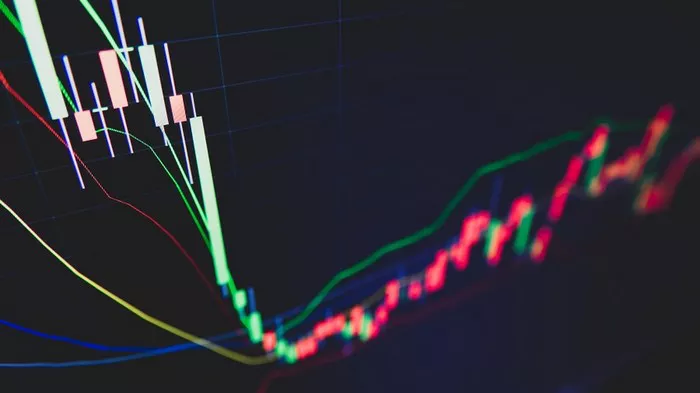U.S. natural gas futures have recently experienced a decline, dipping below the $3.5/MMBtu mark after reaching a two-week high of $3.64/MMBtu on October 27. This has prompted speculation about the possibility of new annual lows for gas prices.
Recent data from the U.S. Energy Information Administration (EIA) indicates that natural gas inventories currently stand at 74 billion cubic feet, a figure well above the five-year average. Furthermore, the average U.S. production has reached a new record, with 104.0 billion cubic feet.
However, one must consider the reasons behind the brief uptick observed last week. A new weather forecast suggests that the United States could experience significant cold weather in November, potentially increasing the demand for natural gas for home heating.
Nonetheless, the accuracy of weather forecasts can be uncertain, and both Europe and the United States possess substantial natural gas reserves. These factors contribute to a pessimistic outlook on gas prices.
A closer look at the futures curve reveals a notable upward shift, signaling a substantial contango effect. This dynamic can have negative implications for long-term gas purchase transactions.
Investors contemplating participation in the natural gas sector should be aware of alternative options that are more straightforward than futures trading. One such alternative is to consider investing in shares of companies engaged in natural gas production and distribution. These options tend to offer improved returns and are generally considered a safer choice compared to the futures market.
One prominent company in the sector is Antero Resources (NYSE: AR) Corporation, a leading independent player in the development, production, and exploration of natural gas, natural gas liquids (NGLs), and oil within the Appalachian basins. Their operations primarily focus on the exploration, development, and production of these fossil fuels.
From a technical standpoint, the current scenario presents potential challenges for buyers. While some investors rely on technical analysis, it’s important to note that the recent decline in gas prices has been accompanied by a sharp drop in trading volume, down by 95.38 percent. The lack of substantial trading volumes raises questions about the sustainability of the downward trend. Technical analysts, however, maintain a bullish stance, citing the close above the fast and slow-moving averages as further evidence of a positive short-term trend.
At present, the author of this perspective holds a different view from the technical analysts. The recommendation here is to accumulate bearish positions for medium-term gas investments.
This stance is primarily driven by factors such as record production and forecasts indicating warmer-than-normal weather conditions, which could contribute to lower prices, as witnessed in the past year. Seasonal patterns historically influence natural gas prices, with significant reductions recorded in the last quarter of 2022 and the first quarter of 2023. The expectation is that this trend may continue. Additionally, close monitoring of EIA’s weekly natural gas stock data is crucial for gaining an accurate understanding of the situation.
In conclusion, the outlook is suggesting the possibility of new lows in the coming quarters for natural gas prices, driven by factors such as record production and expectations of warmer weather conditions. Nevertheless, market participants should keep a close eye on developments and data to make informed investment decisions in this volatile market.


